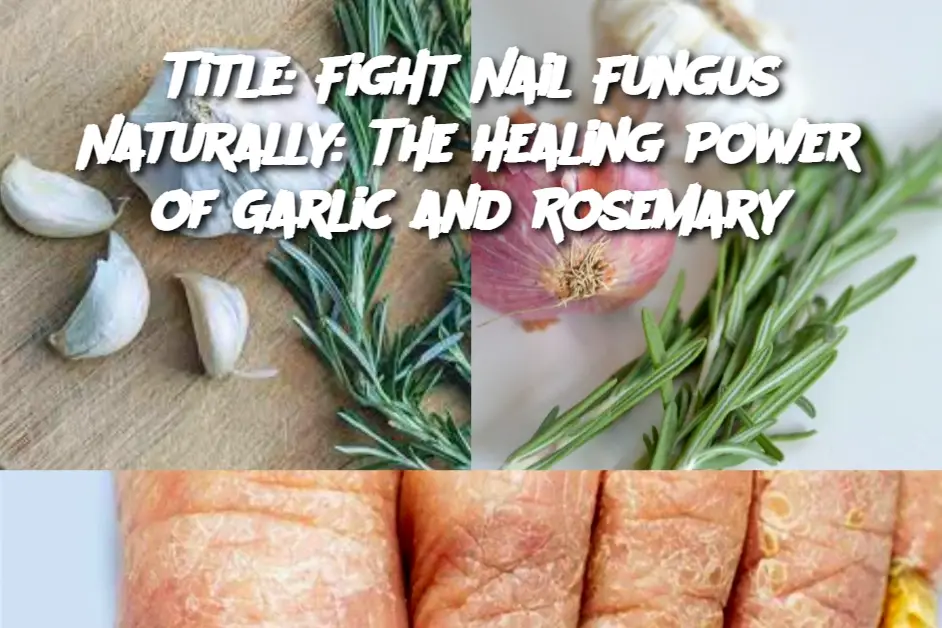1. Infuse the Oil:
-
Crush the garlic cloves slightly to release their allicin (the powerful antifungal compound).
-
In a small saucepan, add the garlic, rosemary, and olive oil.
-
Warm over low heat for 10–15 minutes. Do not boil—gentle heat helps extract the medicinal properties without destroying them.
2. Cool and Strain:
-
Remove from heat and let the mixture cool to room temperature.
-
Strain out the solids using a fine mesh strainer or cheesecloth.
-
Pour the infused oil into a clean, airtight glass container.
3. Application:
-
Clean and dry the affected nail(s) thoroughly.
-
Using a cotton ball or Q-tip, apply a small amount of the infused oil directly onto the nail and surrounding skin.
-
Let it absorb for at least 30 minutes or leave on overnight (wear socks or gloves if needed).
Serving and Storage Tips:
-
Store in a Cool, Dark Place: Keep the oil in a sealed glass bottle, away from heat and light. Use within 2 weeks for freshness.
-
Apply Twice Daily: For best results, use morning and night until the fungus is gone and the nail grows out healthy.
-
Keep Nails Short and Clean: Trim and file the infected nail regularly to help the remedy penetrate deeper.
-
Disinfect Tools After Each Use: This prevents spreading the fungus or reinfection.
Variants (Other Natural Additions You Can Try):
-
Add Tea Tree Oil: A few drops of tea tree oil boost the antifungal strength.
-
Include Apple Cider Vinegar: Use ACV soaks before application to soften the nail and increase absorption.
-
Mix with Lavender Oil: Adds a calming scent and supports skin healing.
-
Use Coconut Oil Instead of Olive Oil: Coconut oil has its own antifungal properties and solidifies at room temperature, creating a protective barrier.
FAQ:
Q: How long does it take to see results?
A: Natural remedies require consistency. Expect to see improvement in 2–4 weeks, but full recovery can take a few months depending on the severity and nail growth.
Q: Can I use garlic alone?
A: You can crush fresh garlic and apply it directly, but it may cause a strong smell and skin irritation. Diluting it in oil with rosemary reduces irritation while enhancing effectiveness.
Q: Is rosemary really antifungal?
A: Yes—rosemary contains rosmarinic acid and other compounds known to inhibit fungal growth and promote circulation.
Q: Will this work on toenail and fingernail fungus?
A: Yes! The remedy is suitable for both, though toenails typically take longer to heal due to slower growth.
Q: Is it safe for sensitive skin?
A: If you have sensitive skin, do a patch test first. Discontinue use if redness, burning, or irritation occurs.
Conclusion:
Garlic and rosemary aren’t just delicious—they’re a dynamic duo in natural healing. With their combined antifungal, antibacterial, and anti-inflammatory powers, they offer a gentle but effective way to tackle nail fungus without relying on synthetic chemicals. Stay consistent, be patient, and let nature do the work. Clear, healthy nails could be just a few drops away
